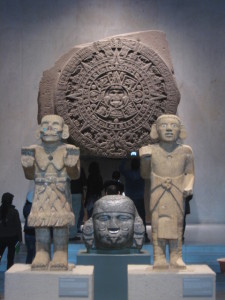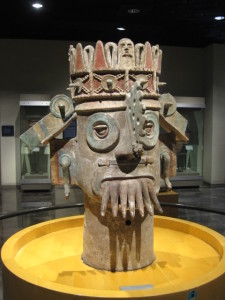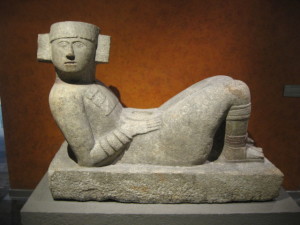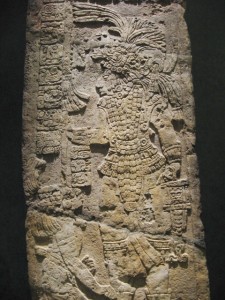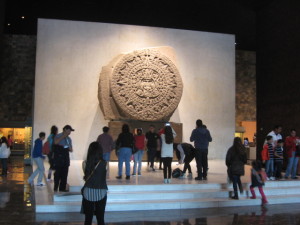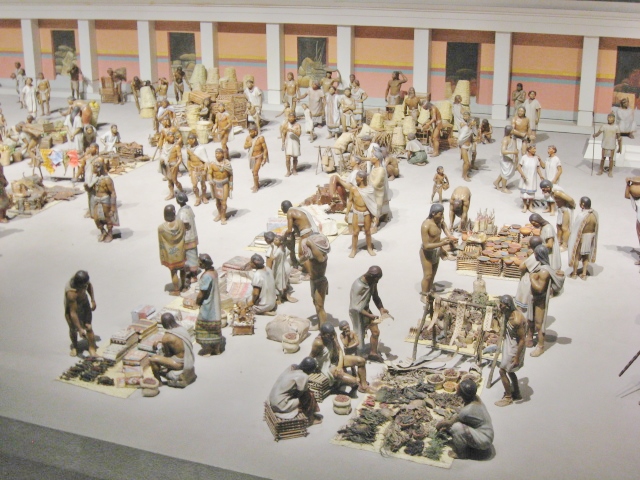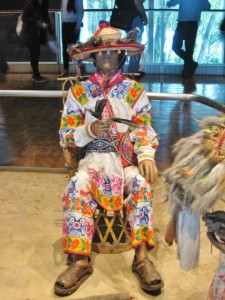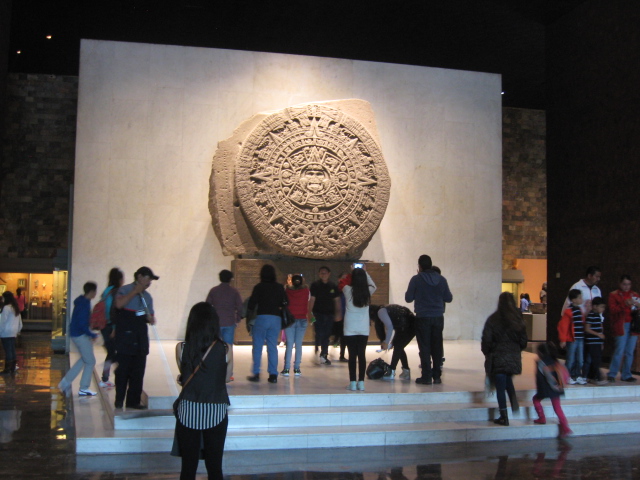
Neanderthal Skulls plus Aztec and Mayan Artefacts
Museum of Anthropology
Updated Apr 2022
I try to avoid large cities, but they have some great things to see that you will never find in a little village or a national park. The capital city of each country usually has the best museums, the largest and most beautiful cathedrals and other fascinating places of interest.
I have travelled to many countries, and I found the National Museum of Anthropology in Mexico City one of the best museums I have visited.
The building is in the shape of a rectangle with an open-air park-like setting in the centre. Start your tour near the entrance on the ground floor with the Anthropology room.
Continue your tour by seeing all the artefacts from the Aztec and Mayan ancient cities and pyramids.
Anthropology
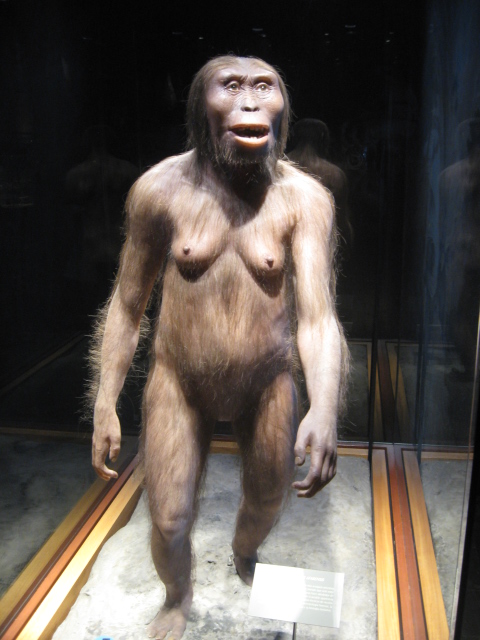
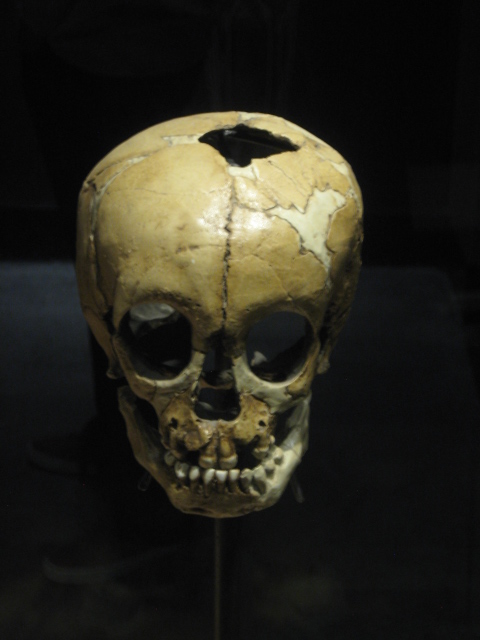
The National Museum of Anthropology has the best display of prehistoric humans that I have seen. This included a reconstruction of a pre-Homo Sapien human and actual skulls of Neanderthals. Fascinating. There are also miniature dioramas of prehistoric humans engaged in various activities such as hunting, working, cannibalism and even giving birth.
Aztec and Mayan Artifacts
The majority of the museum is devoted to the history and display of the Aztec, Mayan and other Central American cultures. Most of the artefacts on display here are from the ruins of the Mayan cities. There are statues, masks, ornaments, jewellery, dishes and other items. The quality of many of the artefacts is genuinely impressive, considering that everything was done with hand-made tools.
Chac Mool
There are a couple of statues of my old friend Chac Mool. If you follow my Ruta Maya series, you will be familiar with him. Chac Mool is always represented laying on his back with a bowl on his stomach. This bowl is for holding the hearts of victims that were sacrificed to the gods.
Stelas

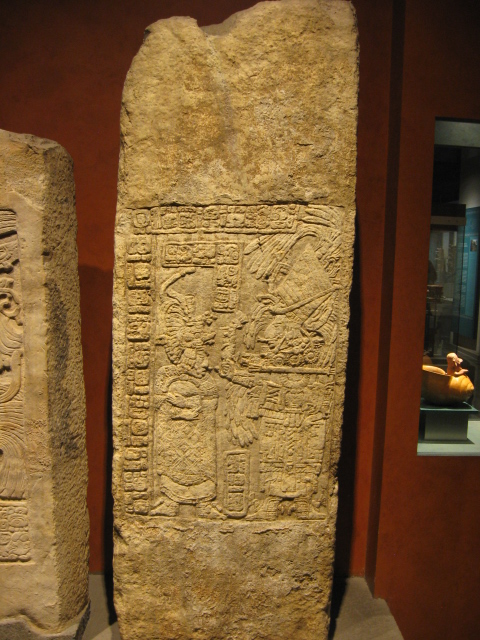
There are also many stelas. A stela is an upright block of stone with a message or announcement carved into it. For example, a stela might be placed in front of the building belonging to the warrior society of the city. This stela would proclaim their achievements in battle. Other stelas might announce the king’s greatness or the city’s history. I have seen many stelas in their original position in the Mayan ruins, but these stelas are mostly worn away and unreadable due to the ravages of time and weather. The best ones have been brought here to the National Museum of Anthropology. Although I have seen many of them, it was great to see some in such good condition. To understand the Mayan cities, you should visit both the actual ruins and the museum.
The Stone of the Sun
The Aztecs were sun worshippers. The Stone of the Sun is a 23.5 ton, 3.5-metre wide carving showing all the information about sun worship. The face in the middle is Tonatiuh, the god of the sun. Each ring represents something in the year. The first ring around the front shows the four previous eras in Aztec history. The next ring is a calendar that shows the year being divided into twenty months of 18 days each. Each day has a name, such as an animal or one of their gods. This adds up to 360 days. This is followed by five nameless and unlucky days before starting the next cycle or year.
When the Spanish conquistadors captured the Aztec cities in the 1500s, they moved many artefacts away. They moved the Stone of the Sun to the new cathedral in Mexico City. It sat, leaning against the building where anyone could touch or damage it. Eventually, the Spanish buried it, as it represented the worship of a different god than that of the Spanish. Eventually forgotten, it was discovered again in December 1790 during repairs on the cathedral. Then, It was mounted on the exterior wall of the cathedral, where it remained until 1885. Now, It is the main attraction in the Museum of Anthropology. It is also featured on the Mexican ten-peso coin. It is a wonderful artefact with a fascinating history. The electronic display to the left of the rock shows its history in Spanish and English, which is worth taking the time to read.
The Mercado
Behind the Rock of the Sun is a miniature representation of a Mercado (market) like the modern farmer’s market where people bought, sold and traded objects for food or other items that they needed. This display is outstanding. You should spend some time studying the activity in the market and not just glace at this display.
The Second Floor
After you have worked your way around the rectangle and arrive near the entrance, go upstairs and work your way back in the opposite direction on the second floor.
This floor is mainly devoted to more modern history and displays of the indigenous people of Mexican. The contemporary history of Mexico begins in the 1500s with the arrival of the Spanish.
There are many different cultures of indigenous people that live in all parts of Mexico. Unfortunately, their culture is slowly disappearing and being replaced by things like Walmart and blue jeans. In southern Mexico, we saw several women wearing traditional Mayan dresses. But only the older women were wearing it. The young women prefer blue jeans. On the way to the museum, we saw a whole family of Tarasco people coming out of a metro (subway or tube) station in their traditional clothing. It is unlikely that you will see anyone wearing their traditional costumes in another decade.
Tour the first floor of the museum first, then the second floor. Going back and forth between floors is not the best way to tour the museum. Although the second floor is excellent and worth visiting, if you are short on time or too tired to tour the entire building, stick to the first floor, where the best exhibits are located.
Summary
You will need a whole day to tour the Museum of Anthropology. There is a restaurant in the building, but it is expensive. You might want to bring a sandwich and something to drink. You can’t eat in the display areas, but you can take a break in the centre of the building and watch the massive fish in the pond while having your lunch.
To understand the Aztec and Mayan cities and culture, you need to see both the ruins and the Museum of Anthropology. If possible, tour the ruins first and then visit Mexico city to see the museum. But if you are not returning the Mexico City, you can tour the museum first. Either way, it is one of the best museums I have seen, and that is many. I can’t recommend this museum enough. If you go to Mexico City, do not leave without seeing this great museum. It is the best museum in Mexico.
Ruta Maya
Most of the artefacts in the Museum of Anthropology came from the many pyramids and other archeological sites in Mexico. For a tour of all these sites, click here.
